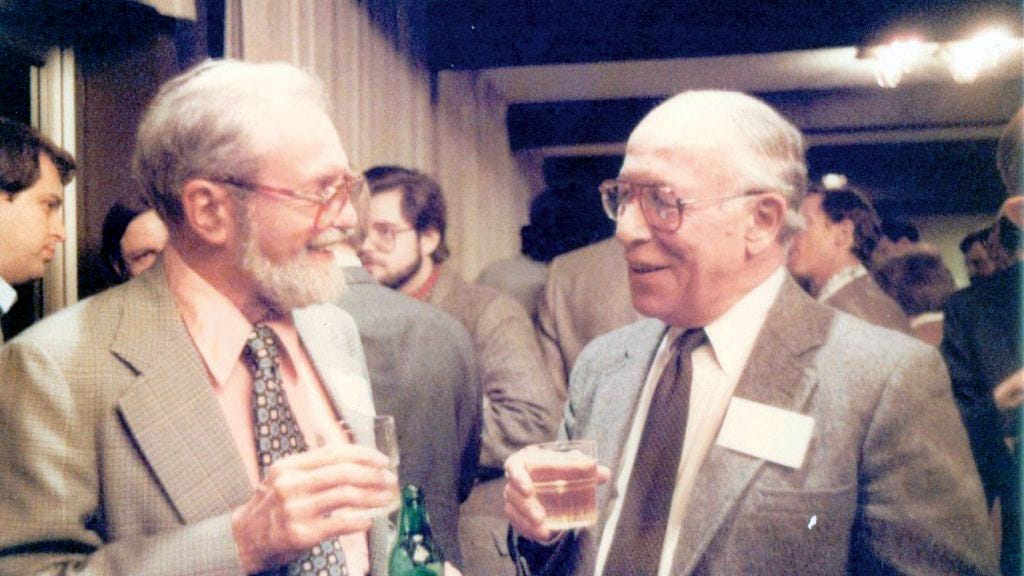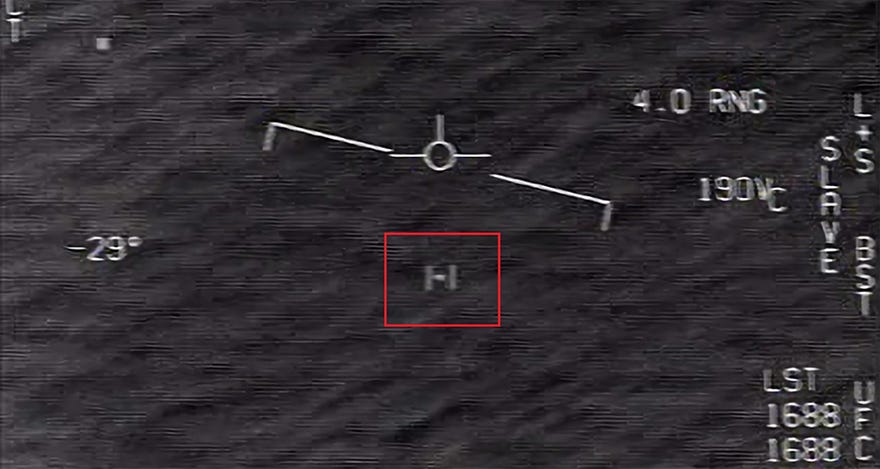Universe Today: What Would Actual Scientific Study of UAPs Look Like?
Certainly Would Be a Departure from the Same-Old, Same-Old
The following excerpt is from an excellent summation of the question. — FJB
What Would Actual Scientific Study of UAPs Look Like?
by Evan Gough
Universe Today, February 18, 2025
For those who missed the memo, UFOs (Unidentified Flying Objects) are now called UAPs (Unidentified Aerospace-Undersea Phenomena). The term UFO became so closely tied to alien spacecraft and fantastical abduction stories that people dismissed the idea, making any serious discussion difficult. The term UAP is a broader term that encompasses more unexplained objects or events without the alien spaceship idea truncating any useful or honest discussion.
While the name change is helpful, it’s just the beginning. We need a way to study UAPs scientifically, and new research shows us how.
Though the idea of alien spacecraft visiting us isn’t always taken very seriously, the effort to document UAP and understand them goes back decades. In current times, governments around the world have made more serious efforts to understand what’s behind the phenomena. Most notably, NASA recently initiated a study into UAP called the Unidentified Anomalous Phenomena Independent Study and released its final report in September 2023.
New research aims to explore past efforts, dispel some misunderstandings, and enable future research into UAP.
The research is titled “The New Science of Unidentified Aerospace-Undersea Phenomena (UAP).” The lead author is Kevin Knuth from the Department of Physics at the State University of New York at Albany. The research is available on the pre-press site arxiv.org.
“After decades of dismissal and secrecy, it has become clear that a significant number of the world’s governments take Unidentified Aerospace-Undersea Phenomena (UAP), formerly known as Unidentified Flying Objects (UFOs), seriously–—yet still seem to know little about them,” the authors write. “As a result, these phenomena are increasingly attracting the attention of scientists around the world, some of whom have recently formed research efforts to monitor and scientifically study UAP.”
The authors review about 20 historical studies, some done by governments and others by private researchers, between 1933 and the present. Countries include the USA, Canada, France, Russia, and China. Their goal is to summarize and clarify the scientific narrative around UAPs. “Studies range from field station development and deployment to the collection and analysis of witness reports from around the world,” the authors write.
The main obstacle to studying UAPs is that they’re neither repeatable nor controllable. Another problem is that witness reports are unreliable, often explained away as natural phenomena, or dismissed outright by citizens, scientists, and governments. This has dissuaded serious discussion and study and left us in “a rather disconcerting state of ignorance,” the authors write.
Snip…
The image above: U.S. Navy video of an anomalous object, known as the GOFAST UFO (highlighted by a red box), includes data about the circumstances of the detection. New research says we need a focused scientific effort aimed at UAP. Image Credit: U.S. Navy
“The problem and opportunity that we face today is that the situation has changed dramatically,” according to the authors. We now know that the US Defense Intelligence Agency (DIA) conducted a covert, six-year program called the Advanced Aerospace Threat Identification Program (AATIP) to study UAP. With 50 full-time investigators, the AATIP dwarfed other UAP efforts. The AATIP focused on military-only encounters and considered things like psychic and paranormal phenomena correlated with UAP events. The AATIP created a massive amount of data on UAP that encompassed more than 200,00 cases. (Alarmingly, the effort also produced more than 200 research papers, some over 100 pages long, and none of them have ever been seen by the public or by the US Congress.)
Snip…
Advancements in science and astronomy can also benefit the study of UAP. Tools such as cloud computing, artificial intelligence (AI), and machine learning (ML) now enable scientists to gather, store, transmit, and analyze data more efficiently than ever before,” the authors write. There’s an ongoing democratization of data sharing that can be leveraged in the study of UAP.
UAP are not one thing. Only a dedicated, serious effort to understand them as they appear can determine if there’s something there deserving of deeper study. The authors argue that a “paradoxical loop of dismissal in mainstream science” is preventing progress. The paper outlines a way to cancel that paradox based on the sound methods of the scientific method.
The problem is that detecting them scientifically requires a very wide net of detectors and significant resources over long periods of time. That, again, parallels how we do other science. “Only long-term, transgenerational research programs, such as enjoyed by many research programs well established and stabilized within academic science now for many decades, can possibly yield the proper data on which a potential resolution to UAP can be founded,” the authors write.
Research: The New Science of Unidentified Aerospace-Undersea Phenomena (UAP)
The image at the top of article: Dr. J. Allen Hynek on the left and journalist Philip J. Klass on the right. Image Credit: Center for UFO Studies and Skeptical Enquirer



